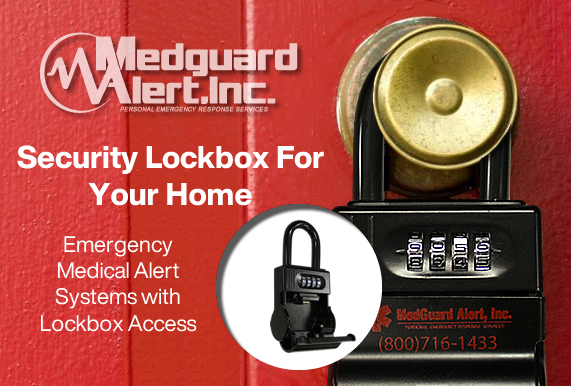When we talk fall prevention, it all starts with the right footwear. We have talked about it in our other blog posts, but there is a reason – falls are the leading cause of injuries to the elderly, causing 800,000+ hospitalizations. Choosing the right shoe may seem like a challenge, but we have found the top 5 shoes recommended by podiatrists for seniors to stay safe when stepping out.
If you have trouble lifting your feet to take longer steps or strides, shuffling your feet may increase the risk of falling. This risk increases exponentially if you are wearing the wrong footwear. High heels, floppy slippers, and slick-soled shoes are among the worst choices for the elderly. Laced shoes may also pose a hazard when they become untied, which is why some of the top recommendations are slip-on, or have easy to use velcro fasteners that hold tight all day long.
In no particular order, here are some of the most recommended options from podiatrists and senior fitness experts.
- Orthofeet Joelle Women’s Walking Shoe – Women’s
These Velcro tennis shoes for elderly women feature a slip-resistant rubber sole and a flexible fabric upper for a relaxed fit. The toe box is both wide and deep, and there is good arch support. The soft, seamless lining reduces friction pain and enhances comfort. (https://www.orthofeet.com/products/joelle-black-stretchable)
- Brooks Men’s Addiction Walker V Strap – Men’s
The Addiction Walker’s cushioned collar and soft, breathable lining mean there should be no additional pressure on your pain points. These supportive walking shoes feature a non-slip rubber sole that has plenty of grooves to help provide traction and very good shock absorption to protect your joints. (https://www.brooksrunning.com/en_us/addiction-walker-v-strap-2-mens-walking-shoe/110320.html)
- New Balance 577 – Men’s & Women’s
Fitness walkers and walking workers alike will love the all-day comfort and support of the New Balance MW577V for men. ABZORB cushioning technology in the heel absorbs shock, while a PU midsole and rubber outsole provide extra cushioning, stability, and traction. Leather upper lends a classic feel to the 577 while adjustable hook and loop closures provide a custom fit. (https://www.newbalance.com/on/demandware.store/Sites-NBUS-Site/en_US/Product-Show?pid=MW577&redirectRule=oldMaster&)
- Propet Stability X – Men’s & Women’s
The Stability X is another favorite that offers a bit more style while staying functional and easy to put on and wear. With a mesh upper with brushed-nylon lining, speed lacing closure with padded collar and tongue and a PU insole with gel heel pad and cushioning ridges. They also offer an arch-supporting EVA midsole with rubber outsole for durable wear and traction. (propetusa.com/pc_product_detail.asp?key=2D3BDA9035D24D7B835EE0E9263DF967)
- Skechers Go Walk 4 – Men’s
Among the best walking shoes for elderly men, the Go Walk 4 features a rubber sole that is nicely grooved and provides excellent traction. These lightweight slip-on shoes have a flexible mesh upper as well as a highly supportive midsole and an odor-controlled insole. They are comfortable to walk in and provide very good shock absorption. (https://www.skechers.com/collections/mens/gowalk/)
- Fit & Comfort
For added security and protection, MedGuard Alert provides emergency medical alert systems that allow you to connect with medical professionals from anywhere. Call today to learn more about our systems that start at just $1 a day. You may qualify for additional discounts through Medicaid. Don’t wait, call today. 1-800-716-1433






